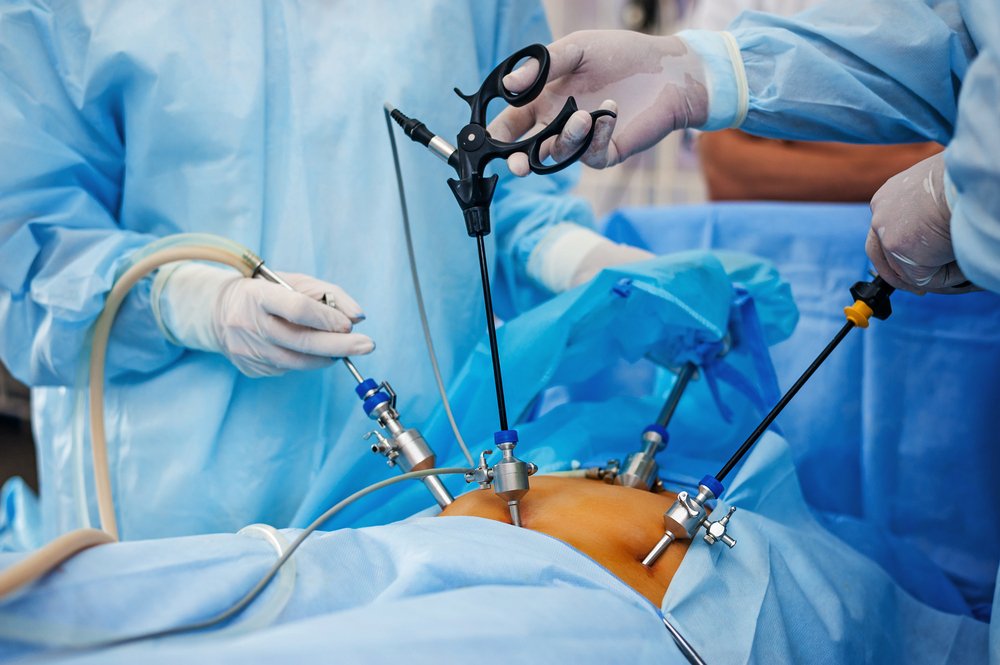KMC Specialties
Make An Appointment
We Provide the highest level of satisfaction care & services to our patients.


Laparoscopy
Laparoscopy is a non-invasive and minimally invasive procedure which allows your physician to detect and treat issues that affect the pelvis and abdomen.
How do you know what laparoscopy means?
Also known as key-hole surgery, laparoscopy allows your doctor to examine the organs of your pelvis and abdomen (uterus tubes, ovaries and uterus) by inserting a camera through a tiny hole within your abdominal wall.
Diagnostic laparoscopy can aid in diagnosing your issue and allow your doctor to suggest treatment and treatment options that are specific to your needs.
What are the advantages of laparoscopy?
- Diagnostic Laparoscopy
- Surgical Laparoscopy
Diagnostic laparoscopy lets your doctor examine the pelvic and abdominal organs to aid in understanding the root of your complaints and determine the diagnosis. A thorough assessment will enable your doctor to customize treatments that are tailored to your requirements.
Operative laparoscopy is an alternative to minimal access surgery. This allows your surgeon to perform surgery using small cuts (incisions) within the abdominal wall (usually less than 1cm). This means that you can recover faster and return to normal much faster than “open” surgery, that is done through more extensive incisions. Operations that can be done this way include Ovarian cystectomy
(removal of ovarian cyst), Salpingo-oophorectomy (removal of fallopian tube and/or ovary) & Hysterectomy (removal of womb).
Do I need laparoscopy?
Diagnostic laparoscopy may be utilized to look into a variety of signs and symptoms. It is recommended when you suffer from:
- Pelvic pain in the pelvis
- Pain during your periods (dysmenorrhoea)
- Pain during sexual intercourse (dyspareunia).
Common ailments that are diagnosed during an examination for diagnostics would include, but aren’t only:
- Endometriosis
- Inflammation of the pelvis
- Adhesions (scar tissue)
- Ovarian cysts
- Abnormalities in the fallopian tube.
What happens during laparoscopy?
Preparing for laparoscopy
Ensuring that you are fit and healthy to undergo surgery is crucial to speed up your recovery. Simple steps like stopping smoking cigarettes and eating a healthy balanced diet can help the speed of recovery.
During surgery/Treatment
In a laparoscopy procedure, a tiny incision (0.5-1cm) is cut close the belly button. Then, the small tube is then passed into the abdomen wall that allows the camera called a laparoscope (camera) to examine abdomen cavity. The gas carbon dioxide is utilized to widen the abdominal cavity and create an opening for your doctor to observe the abdominal structures better.
Additional incisions (cuts) could be created to allow the positioning of additional instruments for an accurate examination inside the abdomen cavity. In gynaecology situations the uterine manipulator can be utilized to permit the doctor to examine at the front and behind the womb.
After the procedure, the CO2 gas will be released, and the incisions are then closed with sutures that can be absorbed (stitches).
Diagnostic laparoscopy typically takes less than 30 minutes. It’s done under anesthesia general but local anesthetics are usually placed into the skin to help reduce post-operative pain.
KMC Specialties
Make An Appointment
We Provide the highest level of satisfaction care & services to our patients.


